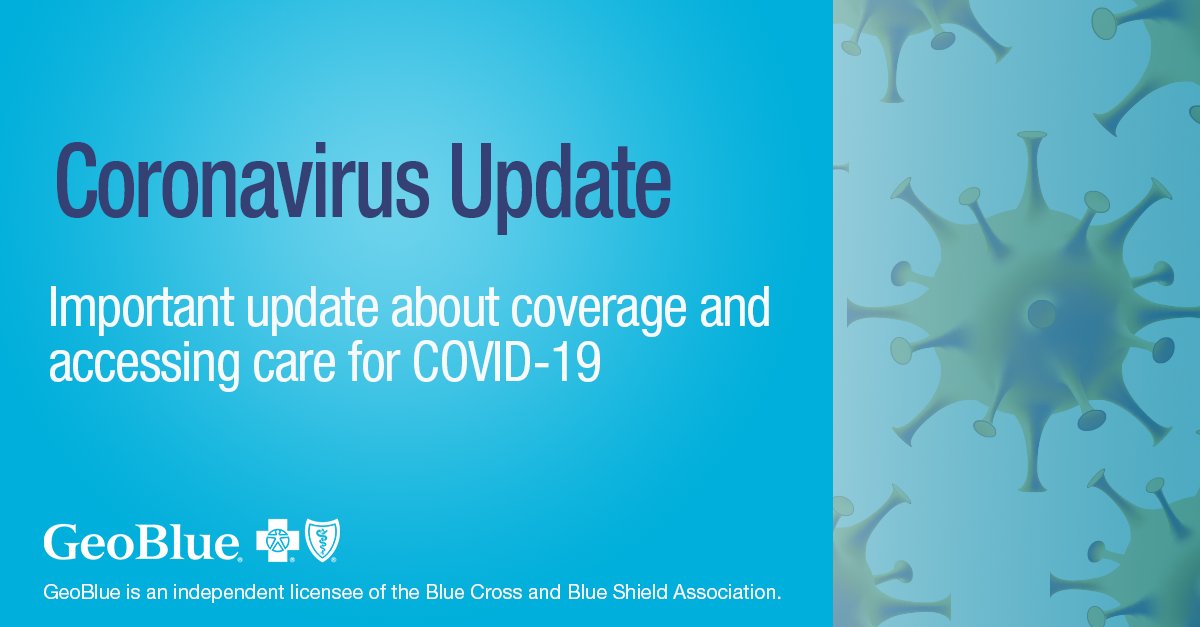
Pre-existing conditions covered by health insurance
The Affordable Care Act was enacted by the United States in 2010. Prior to this, most individual and families health plans did not provide coverage for pre-existing diseases. This meant that those with common health problems like high blood pressure, asthma or allergies would have to pay higher premiums and might not be able to get the health insurance they wanted.
Discrimination against people with chronic conditions and injuries made it more difficult for them to obtain affordable health insurance. Historically, the only way to avoid the discrimination was to purchase a large group health plan that was available to employees of companies with 500 or more employees.
The plans are more expensive and do not cover all services that people require, like preventive care or prescription drugs. These plans often had lifetime benefits limits. Many of these plans also charge extremely high out-of pocket costs for cancer treatment and other major medical bills.

Before the ACA passed, a health condition could lead to a waiting period for a person before they could enroll into a new insurance plan. The waiting period can range from six months to one year depending on the plan type and state regulations.
For example, a 48-year-old freelance writer named Lori had a chronic high blood pressure condition that was well controlled on two medications. She was unable to get affordable coverage until she purchased her own policy and began paying her monthly premiums. She was frustrated with the lack of affordable coverage that she could afford. So, she tried to find ways to get a more comprehensive insurance policy for herself.
In the end, she enrolled in a Medicare Advantage Plan that included drug coverage and had no waiting period for her pre-existing conditions. She also paid an additional $2 per month for a prescription drug benefit that covered her meds.
Preexisting conditions are still a factor in insurance decisions, and can be used to deny coverage or force people to pay more for their policy. However, this happens very rarely. Insurers are limited in how much they can charge people who have preexisting conditions. However non-ACA conforming companies can still discriminate by excluding these people or raising premiums.

Coons claims the ACA offers preexisting condition coverage to more than 150,000,000 Americans whose health insurance is provided by their employer. This is not the case. HIPAA protected those with employer sponsored coverage from preexisting conditions, but ACA expanded this protection to include all individuals and families who purchase their own insurance through the ACA Marketplace.
A Ca and existing conditions
The Affordable Care Act is an important law that has helped millions of people in the US gain affordable health insurance. The provision of the law which protects people with preexisting illnesses from being refused health insurance is one of its most popular features. Republicans have attempted to challenge the law at the Supreme Court on several occasions, but this hasn't been successful. In light of that, it is crucial that Congress enact a strong law to ensure that everyone has access to affordable health insurance.